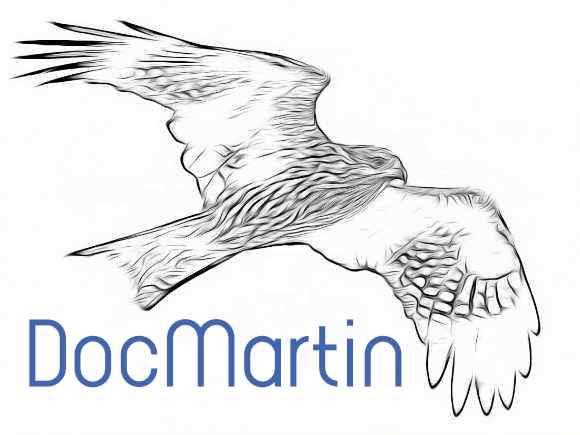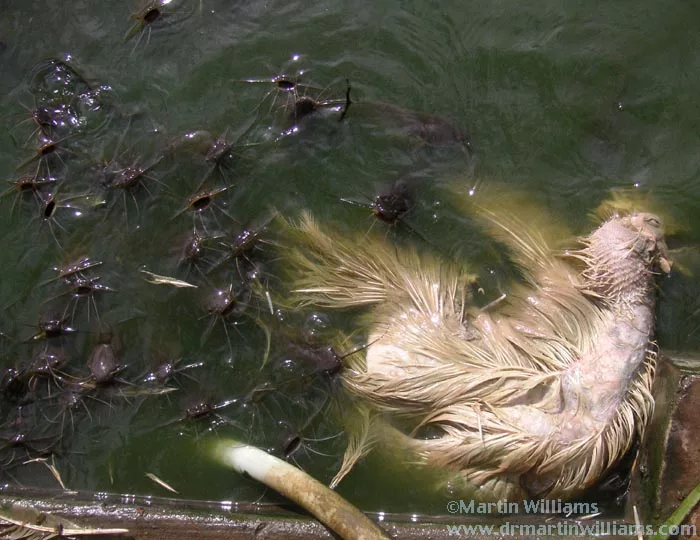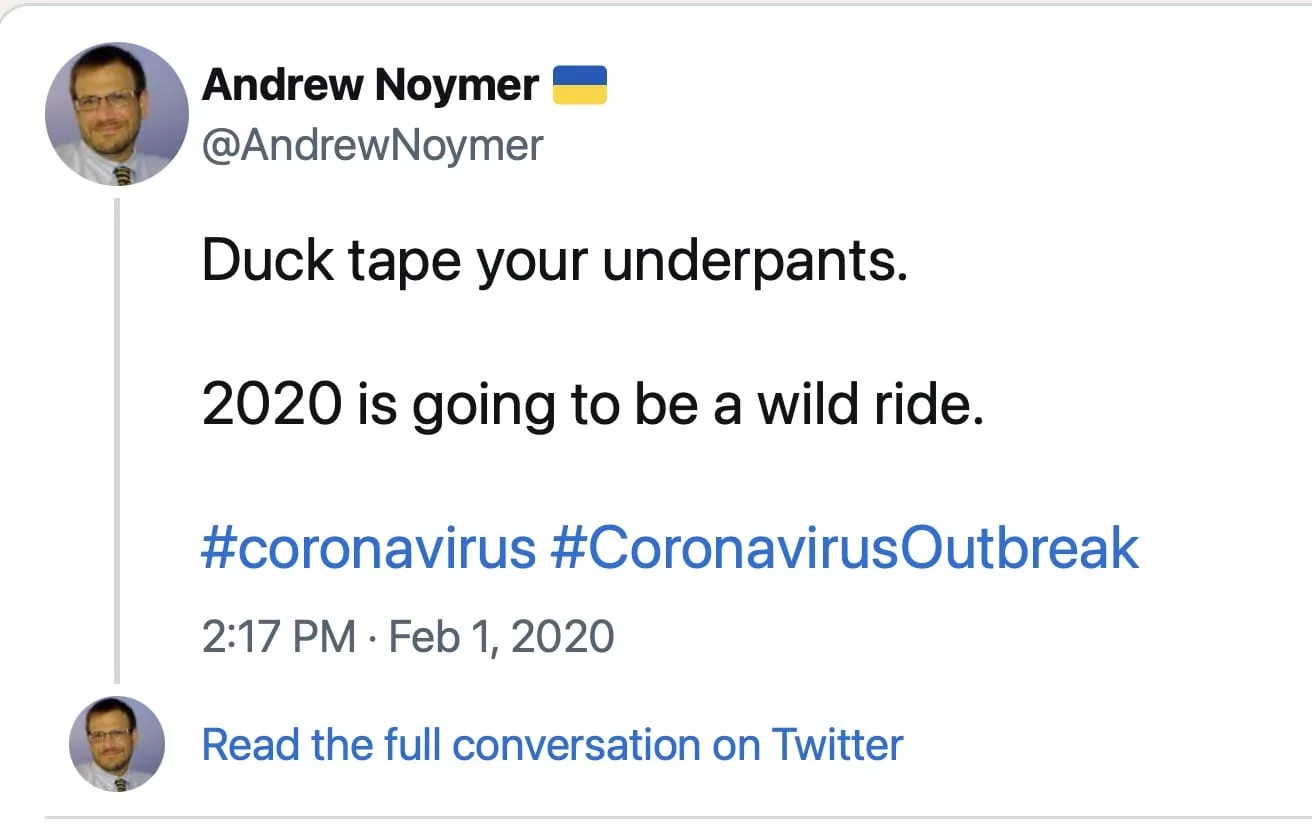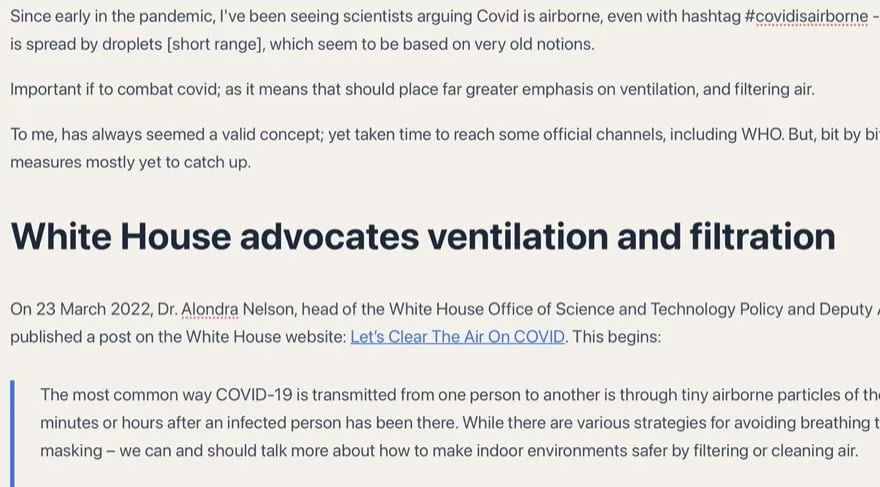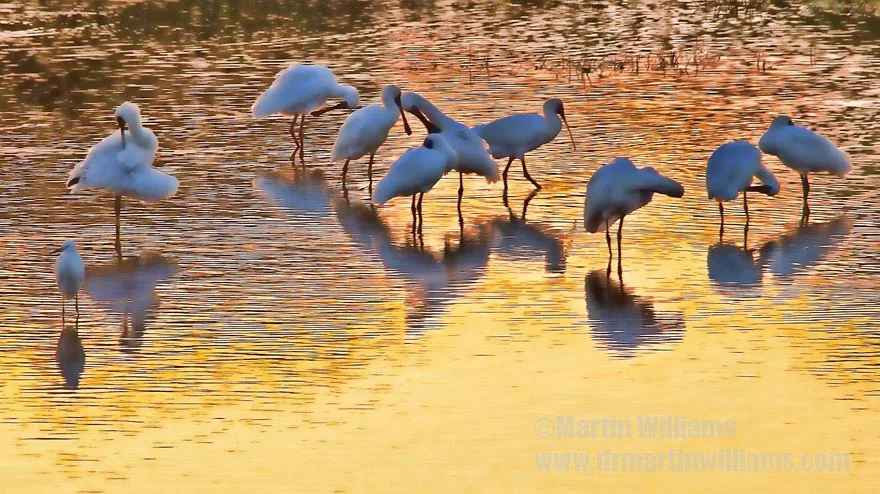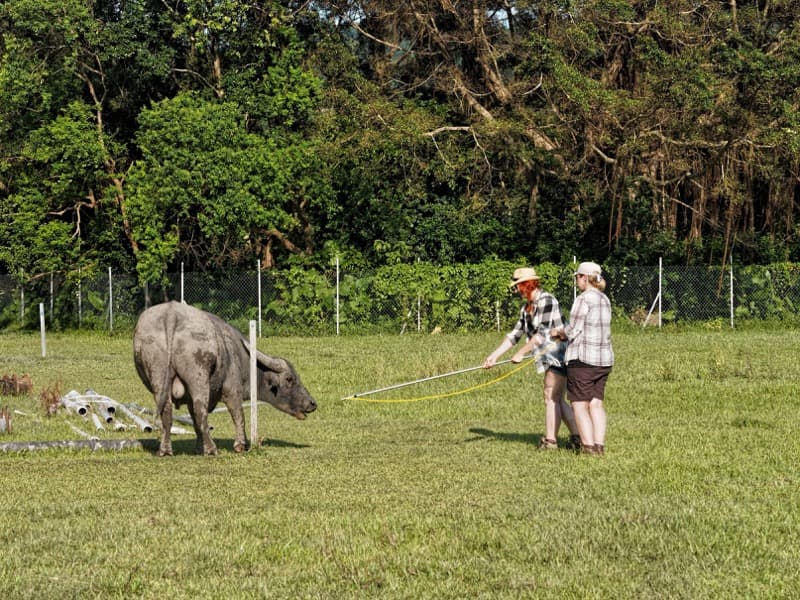You’ve surely seen the big science news in 2012: the Higgs boson, aka the God particle, has been discovered. Hooray! Huzzah!
Yet unless you are a theoretical physicist, you might be asking, “The Higgs what?” – for whoever heard of a boson until this week? But you are only reading this column thanks to bosons: the photons streaming from the text into your eyes. And were it not for the Higgs boson and its related field, you would not be here today, but instead the universe would be a place where particles zip around at around the speed of light.
Or that’s what physicists widely believe, anyway. The Higgs field and boson are key components of the Standard Model of physics, which does an excellent job of explaining and predicting how matter behaves at everyday and miniscule scales. The model includes quantum mechanics, a theory so mind-bogglingly weird that even the great physicist Richard Feynman said: ““I think it is safe to say no one understands quantum mechanics…. Nobody knows how it can be like that.”
Parts of the Standard Model are relatively straightforward. Matter comprises fermions, such as the protons, neutrons and electrons that make up atoms. Only one of these can be in the same place at one time – so you can’t walk through walls. Quarks, the building blocks of protons and neutrons, are also fermions, and are so bizarre that they have attributes such as “flavour” no one can taste, and “colour” that can never be seen. They’re named after a drunken seagull trying to order “three quarks” of beer in the baffling novel Finnegan’s Wake.
Then, there are the bosons, which carry forces. Photons are the most familiar, serving as messengers for electromagnetism. Another kind “glue” quarks together, and two more carry weak forces affecting sub-atomic interactions.
Yet these forces could not explain the masses of the four known bosons and various particles, which in turn lead to matter forming structures like you, me, and galaxies. In the early 1960s, six physicists including Peter Higgs proposed that mass results from a field that acts rather like cosmic gloop, and would be associated with a boson. The quest to discover this boson began. Though crucial to theory, it proved elusive, leading to a popular physics book titled The God Particle.
Rather than detect existing God particles, discovering them would rely on first creating the bosons, then observing the particles that they promptly decay into. And this meant unleashing stupendous amounts of energy in a particle accelerator.
Accelerators date from 1932, when John Cockcroft and Ernest Walton “split the atom” for the first time, in Cambridge, UK. Their accelerator was linear, but in North America Ernest Lawrence was developing circular versions, known as cyclotrons, which used magnetic fields to send protons spiralling faster and faster before hitting their targets. His prototype was just five inches (13cm) across, and was followed by versions with diameters of up to 184 inches (467cm), the latter featuring a 4000-ton magnet.
Such accelerators were far too puny for creating Higgs bosons. That has meant creating the world’s largest machine: the Large Hadron Collider at CERN, the European Organization for Nuclear Research, in Geneva. Its power is so great that some even feared it could create a mini black hole that would swallow the earth.
Built 100m underground, the collider has a 27-km circumference. The world’s largest refrigeration system cools the central part to below the temperature of deep space. Mighty magnets accelerate protons through an ultrahigh vacuum, to speeds reaching 99.99999999 percent of the speed of light.
Entering the collision zones, each proton has energy that’s a little more than a flying mosquito. That may not sound much, but the energy is highly concentrated, and there are over 100 million collisions per second. To maximise collision energy, the collider has two proton beams, each with a total energy equivalent to a high-speed train. These approach head on, tightly focused along a path less than the width of a human hair.
Two five-storey high detectors are involved in the search for the Higgs boson, and though the collider only became operational in spring 2010, both have recorded trillions of collisions. Data analyses have revealed that a few dozen of these produced a brand-new particle in a range where the Higgs boson was predicted. It weighs around 125 times as much as a hydrogen atom.
Even as applause and cheers greeted the leaders of the two CERN teams after they presented the results on Wednesday, they were warning that more work is needed to fully confirm the particle is indeed the Higgs boson. Yet they are confident this is the case; so too is Peter Higgs, now 84 years old, who remarked, “I never expected this to happen in my lifetime.”
Ongoing work now includes checking to see if the boson behaves as expected, or contradicts the Standard Model of physics. There are other quests for the collider, too. Physicists will look for evidence of heavy partners of known particles, which are predicted by a grand theory known as supersymmetry: this could help account for the fact we can see only 4 percent of matter in the Universe. They will also try to answer why matter is more plentiful than antimatter, and look for a “quark-gluon plasma” akin to that believed to have existed moments after the Big Bang; this might be created in temperatures 100,000 times those at the centre of the sun.
While many of us might marvel at such wondrous ambitions and accomplishments – and perhaps feel a tinge of pride at belonging to the most intelligent species we know of in the Universe – it is as well to remember that science is also ringing loud alarm bells about our lifestyles, particularly as we turn the global thermostat ever higher. Science underpins progress, yet also warns of needs to slash greenhouse gas emissions, strive for a manageable population. If we heed the warnings, perhaps the forays deep into the quantum realm will someday help our descendants reach to the stars.
Early warnings of climate change
While climate change resulting from human activities might seem a new-fangled concept, there have been on-point predictions dating back many years.…
Ignoring Science Makes Global Climate Disaster as Inevitable as Titanic Submarine Implosion
Climate change has been prominent in worldwide news this summer (2023), notably as we have just lived through the hottest week…
Have you been bullied into health? Fear, quackery and Covid
So here we are with our modern-day wonder, the internet – where even with a smartphone, you can search for and…
Never mind the antimask-o-sphere. Science shows face masks help reduce Covid spread
Just had one of those silly Twitter “conversations” with someone who had position so fixed, impossible to change with facts. Yeah,…
A Covid scrapbook: snapshots from the crazy pandemic
I’ve read accounts of the Spanish Flu, which was the last major pandemic, mainly in 1918 [so over and done with…
Highly pathogenic bird flu variants mostly evolve in intensive poultry farming
Highly pathogenic bird flu variants evolve from regular, low pathogenic, bird flus, within intensive poultry farming.
Keep Your Underpants Duck Taped and Air Clean as Covid Wild Ride Continues
We’ve learned a lot about Covid, even developing vaccines. Yet Covid remains an issue, no matter how much we might wish…
Covid is airborne so ventilation and air filtration are important
Since early in the pandemic, I’ve been seeing scientists arguing Covid is airborne, even with hashtag #covidisairborne – including to counter…
Long Covid – info and links indicating major impact
Evidence is snowballing that Long Covid is also a serious issue, even affecting people in whom the disease initially appeared mild.
Perhaps Covid arose through lab leak of tweaked bat Coronavirus
Maybe humans tweaked bat coronaviruses in gain of function experiments, inadvertently creating Covid thro lab leak.
The Covid Conundrum: Endless Lockdowns, Let It Rip … or What?
Covid is airborne, which means that much as unprotected sex is a risk for HIV, unprotected breathing might result in Covid.
Science shows Covid including Omicron is Really Not the Flu
Some of the science showing Covid including Omicron is a huge issue; and one that looks set to be with us…
“Alarmist” Covid predictions outperform Covid deniers’ soothsaying
The disinfo downplaying Covid is often from rightwing, mainly money-minded folks who perhaps don’t care too much about actual people.
Covid virulence, vaccines and variants
Science can provide some insights into what may happen with Covid, along with ways to limit its impacts.
We’re in the Covid Era for the Long Haul
We’re in this for the long haul, with the virus like a relentless, invisible foe, ready to exploit errors, slip through…
My Strange n Surprising Summer Staycation with Cellulitis
rom quick pricking by unseen marine creature, to intense fever, and hospital stay for an infection deep within the skin.
Covid virulence, vaccines and variants
[Written for South China Morning Post on 6 January 2021] In January last year, as reports were emerging of the new…
The Viral Time Bomb – Pandemic of Our Time
Guan Yi, director of the State Key Laboratory of Emerging Infectious Diseases at Hong Kong University, has extensive experience of viruses;…
From China With Fear: the Wuhan Coronavirus Won’t Kill Us All
As news of Wuhan coronavirus emerges, evolutionary biology suggests potential for a pandemic, not killing high percentage of people.
Fightback Needed as Science and Life Support System Under Attack
Environmentalism is under assault; yet this planet is the only home we have; providing our food, air, water… It’s our life…
Secret World of Hong Kong Water Supply
Hong Kong’s water supply system has been vital to its development as a “world city”.
Hong Kong Belching Buffaloes n Bubbling Paddies and the Mystery Methane Rise
Prof Euan Nisbet leads a science team to Hong Kong in quest to help find why levels of potent greenhouse gas…
